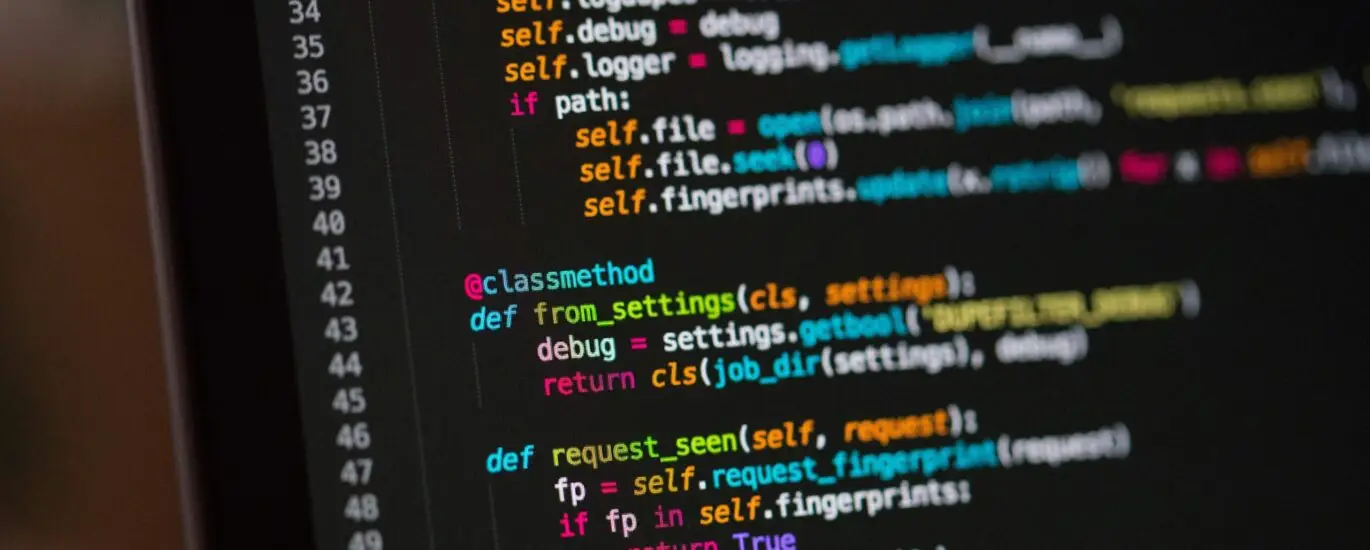The recent identification of a malicious Python package named crytic-compilers on the Python Package Index (PyPI) has raised significant concerns within the cybersecurity community. This incident underscores the persistent vulnerabilities inherent in open-source ecosystems. The crytic-compilers package, discovered by vigilant cybersecurity researchers, was designed to deliver an information stealer known as Lumma, alternatively referred to as Lummac2.
Lumma is a sophisticated piece of malware that is capable of exfiltrating sensitive information from the infected system. The discovery of crytic-compilers and its malicious payload highlights the increasing sophistication of cyber threats targeting widely-used platforms like PyPI. The rogue package managed to bypass initial security checks and was available for download for a period, during which it was downloaded 441 times. This statistic underscores the potential scale and impact of such threats when they go undetected.
PyPI, as a central repository for Python packages, is a critical resource for developers worldwide. The infiltration of crytic-compilers into this repository exemplifies the challenges faced by platform maintainers in ensuring the security and integrity of the packages hosted therein. The swift response by PyPI maintainers to remove the malicious package is commendable, yet it also serves as a stark reminder of the ongoing need for vigilance and robust security measures within the open-source community.
This incident is particularly significant given the trust that developers place in repositories like PyPI for sourcing reliable and safe software components. The crytic-compilers case not only disrupted this trust but also highlighted the potential risks associated with unchecked dependencies. As the cybersecurity landscape evolves, it is imperative for developers and maintainers alike to adopt more stringent security practices to mitigate such risks effectively.
Technical Breakdown of Crytic-Compilers

The crytic-compilers package represents a sophisticated instance of typosquatting, a malicious technique where attackers create packages with names nearly identical to legitimate ones. In this case, the counterfeit crytic-compilers package mimics the genuine crytic-compile library. By aligning its version numbers with the authentic library, the malicious package appears as an updated and trustworthy version, effectively deceiving users into downloading it.
One of the deceptive methods used by crytic-compilers involves alterations to the setup.py script. In some versions of the package, the setup.py script is modified to install the actual crytic-compile library alongside the malicious code. This tactic ensures that the legitimate functionality of crytic-compile is still available to the user, reducing the likelihood of immediate detection and suspicion.
However, the most concerning behavior of the latest version of crytic-compilers is observed on Windows systems. Upon installation, this version launches an executable file named ‘s.exe’. This executable is designed to fetch additional malicious payloads from the internet. Among the downloaded payloads is the Lumma stealer, a notorious piece of malware known for its ability to harvest sensitive information from the infected system, including credentials, financial information, and personal data.
The actions of crytic-compilers underscore the importance of vigilance when downloading and installing software packages. The typosquatting method, combined with the strategic alignment of version numbers and the inclusion of legitimate library functionality, highlights the lengths to which attackers will go to infiltrate systems and deploy malicious payloads. Users and developers must exercise caution, verify package authenticity, and maintain regular security checks to mitigate the risks posed by such sophisticated threats.
The Lumma stealer, identified as the primary payload delivered by the crytic-compilers package, exemplifies the growing sophistication of Malware-as-a-Service (MaaS) threats in the cybersecurity landscape. Lumma is an information-stealing malware designed to exfiltrate sensitive data from infected systems. Its primary functionalities include logging keystrokes, capturing screenshots, and extracting credentials from web browsers, email clients, and other applications. This comprehensive ability to harvest a wide range of data makes Lumma a formidable threat to both individual users and organizations.
Distributed through a MaaS model, Lumma stealer is accessible to cybercriminals with varying levels of technical expertise. This model allows malicious actors to subscribe to the service and deploy the malware with relative ease, thereby lowering the barriers to entry for engaging in cybercrime. The creators of Lumma offer support and updates to their customers, ensuring that the malware remains effective against evolving security measures.
One of the key factors contributing to the broad reach and adaptability of Lumma stealer is its diverse range of distribution methods. Cybercriminals employ several techniques to disseminate the malware, increasing the likelihood of successful infections. Among these methods are trojanized software, wherein legitimate applications are bundled with malicious code. This technique often exploits popular or widely-used software to maximize the number of potential victims.
Malvertising, another prevalent distribution method, involves embedding malicious code within online advertisements. These ads, when clicked, redirect users to compromised websites or initiate automatic downloads of the malware. This tactic leverages the widespread use of online advertising to reach a vast audience, including those who may not be actively seeking to download software.
Additionally, fake browser updates represent a particularly deceptive distribution strategy. Users are prompted to update their web browsers through seemingly legitimate notifications, which, upon acceptance, install the Lumma stealer instead of genuine updates. This method exploits the general trust users place in update prompts, making it an effective means of spreading malware.
The combination of Lumma stealer’s comprehensive data theft capabilities and its versatile distribution methods underscores the significant threat posed by this MaaS offering. Understanding these aspects is crucial for developing effective countermeasures to mitigate the risks associated with such advanced malware.
Implications and Prevention Strategies for Python Developers

The discovery of the malicious Python package, crytic-compilers, on PyPI has significant implications for Python developers and the broader open-source community. This incident highlights a worrying trend where seasoned threat actors specifically target Python developers, exploiting open-source registries like PyPI as vectors for distributing malicious software. Such activities pose a severe threat to the integrity and security of the development environment, making it crucial for developers to adopt vigilant practices.
One of the primary implications is the need for enhanced scrutiny when selecting and installing Python packages. Developers are encouraged to verify the legitimacy of packages before incorporating them into their projects. This can be achieved by checking the package’s author, reading user reviews, and examining the package’s source code, if available. Trusting only well-established packages with a strong reputation in the community can mitigate the risk of inadvertently installing malicious software.
Additionally, developers should integrate security tools into their workflow to detect and prevent the execution of malicious code. Tools such as static code analyzers, linters, and vulnerability scanners can help identify suspicious patterns and potential threats within the code. Employing virtual environments and containerization can also provide an added layer of security by isolating dependencies and minimizing the impact of a compromised package.
Staying informed about the latest cybersecurity threats and best practices is equally vital. Developers should subscribe to security advisories and participate in community forums where they can share information and receive updates on emerging vulnerabilities and threats. Continuous education and awareness can empower developers to recognize and respond to security incidents swiftly.
In conclusion, the crytic-compilers incident serves as a stark reminder of the vulnerabilities inherent in the open-source ecosystem. By adopting rigorous verification processes, utilizing advanced security tools, and maintaining awareness of current cybersecurity trends, Python developers can better safeguard their projects and contribute to a more secure software development environment.




